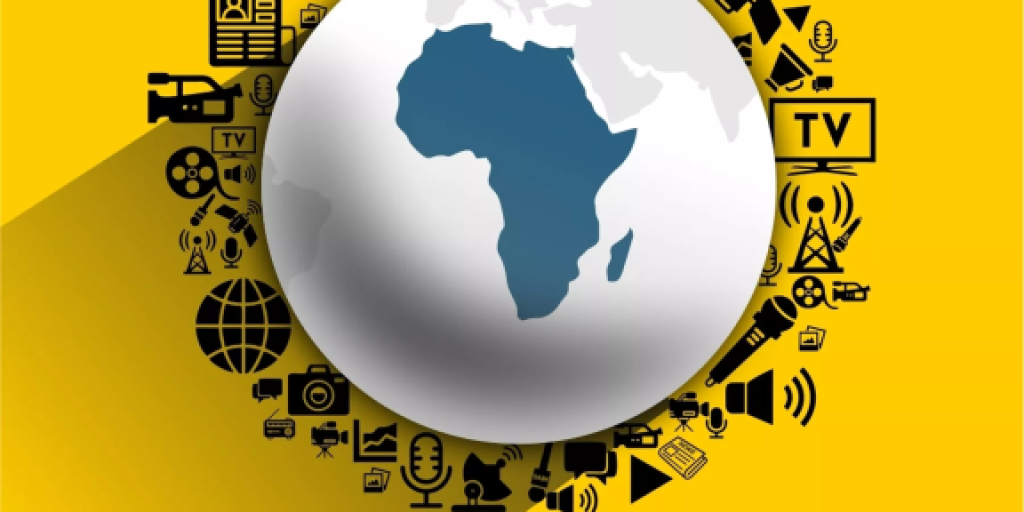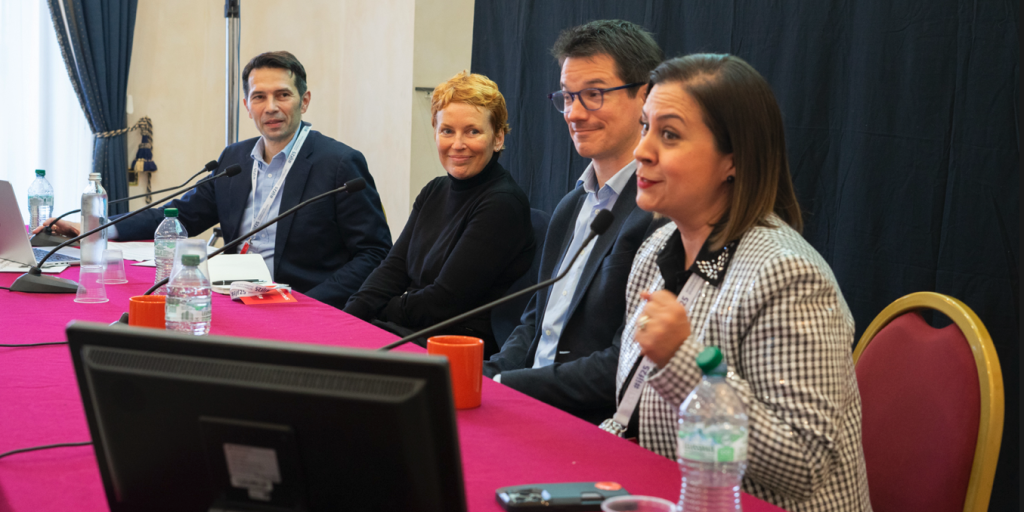Elites still dominate, says the ‘Global Media Index for Africa’
Three leading American powerhouse media organisations— the New York Times, the Wall Street Journal and the Washington Post— score poorly.
‘And without exception, global media organisations devote disproportionate space to powerful men — from politicians and businesspeople to experts — as primary news sources in their stories about Africa, while the voices of ordinary Africans are largely missing because global reporting still privileges the voices of powerful elites, both local and international,’ writes Africa No Filter.
That organisation is one of the partners in the Global Media Index for Africa — the only index that tracks how the world’s most influential news providers cover the continent.
The Index was created in response to the fact that global news coverage about Africa continues to shape perceptions about the continent. The impact of these persistent stories about conflict, corruption, poverty, poor leadership, bad politics, and disease continues to have an outsized influence on investment, tourism, global policy on Africa and the cost of money for the continent.
Researched and presented by the University of Cape Town’s (UCT) Centre for Film and Media Studies, Africa No Filter and The Africa Center in New York, the Index assesses and ranks online news stories of 20 leading news providers that offer primary coverage of Africa for the world.
It is also a tool that aims to provide much needed regular ‘health checks’ on how Africa is framed in the media.
In addition to The Guardian, the Wall Street Journal, the New York Times, the Washington Post, Reuters and AFP, the outlets selected are the digital platforms of CNN, Deutsche Welle, Russia Today, Bloomberg, Xinhua, Le Monde, Associated Press, Al Jazeera, The Economist, VOA News (Voice of America), the BBC, CGTN, the Financial Times and Radio France Internationale.
More than 1 000 news articles were collected over a six-month period and evaluated across four key indicators: diversity of topics; diversity of sources; diversity of countries and depth of coverage.




